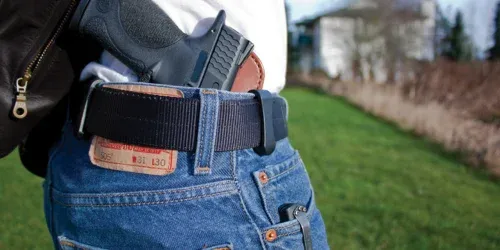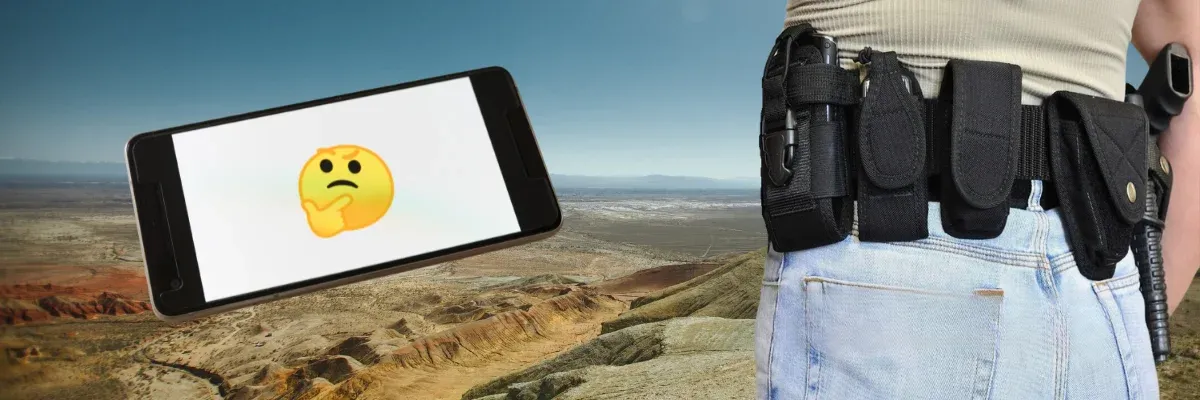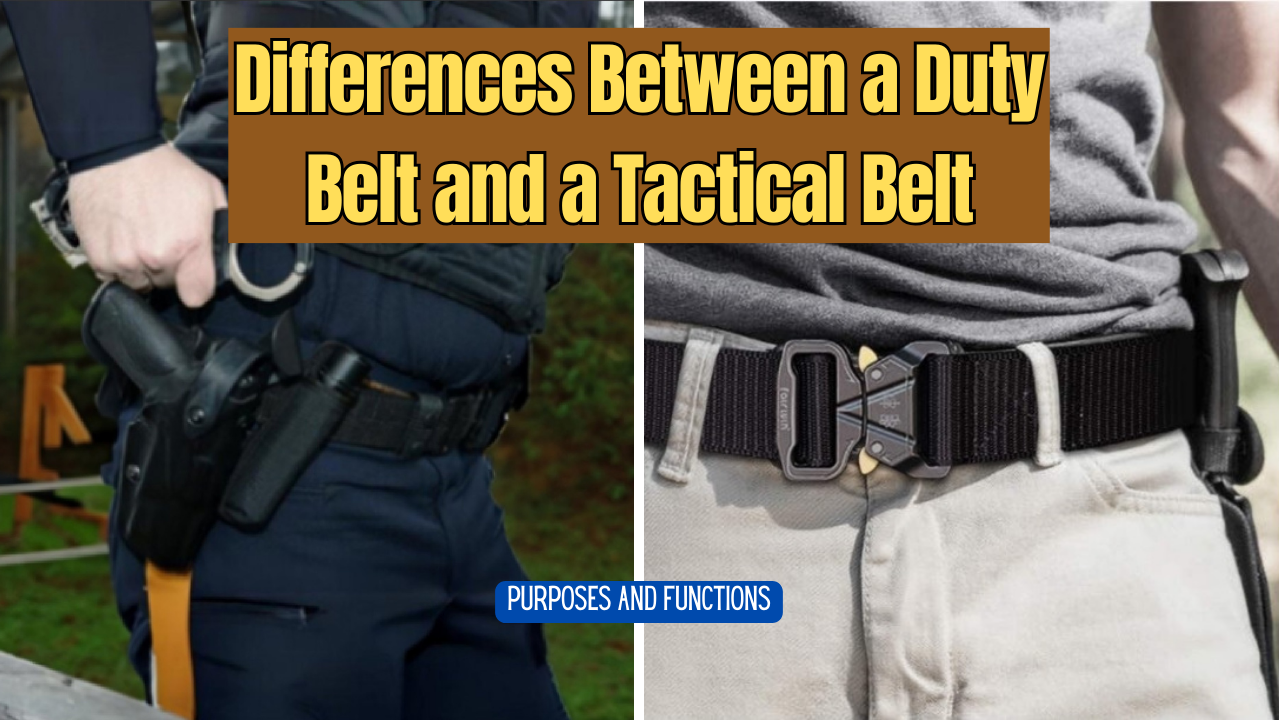Concealed carry is a responsibility that comes with the need for preparedness and comfort. Choosing the right belt for concealed carry is crucial for both safety and ease of access. In this comprehensive guide, we'll explore the various options and help you determine the best type of belt for your concealed carry needs.
Key Takeaways:
- The right concealed carry belt should offer a balance of comfort, durability, and support.
- Tactical belts and leather gun belts are popular choices for their reliability and ease of use.
- Understanding the difference between inner and outer belts, as well as the importance of belt loops, can enhance your concealed carry setup.

The Importance of a Good Concealed Carry Belt
When it comes to concealed carry, not just any belt will do. A good concealed carry belt needs to be sturdy enough to support the weight of a firearm without sagging or twisting. It should also be comfortable for all-day wear and discreet enough to keep your weapon truly concealed. The right belt can make a significant difference in your ability to draw your weapon quickly and efficiently when it matters most.
Leather Gun Belts: A Classic Choice
Leather gun belts are a traditional choice for concealed carry. They offer a timeless look that blends well with most attire, making them a favorite for everyday carry. The rigidity of a high-quality leather gun belt provides the necessary support for a holster and firearm, ensuring that your weapon stays in place. Additionally, leather belts often improve with age, conforming to your body for a custom fit.
Tactical Gun Belts: Built for Performance
Tactical gun belts are designed with durability and functionality in mind. These belts are typically made from heavy-duty nylon or other synthetic materials, which provide a high level of support and resistance to the elements. Many tactical belts also feature a quick-release buckle, making them easy to put on and take off. For those who prioritize a battle belt setup, tactical belts offer the modularity and strength required for attaching additional gear.
The Battle Belt Setup: A Comprehensive Approach
A battle belt setup is an excellent option for those who need to carry more than just a firearm. This system usually involves an inner belt that goes through your belt loops and an outer belt that attaches to the inner belt with hook and loop fasteners. The outer belt allows for the attachment of holsters, magazine pouches, and other equipment, making it a versatile choice for range use or tactical situations.
Inner Belt and Outer Belt: Understanding the Duo
The inner and outer belt system is a popular configuration among tactical enthusiasts. The inner belt ensures that the outer belt stays securely in place without shifting during movement. This setup also allows for quick changes between loadouts, as the outer belt can be easily removed or replaced without having to undo your pants belt. For concealed carry, this system offers the advantage of a stable platform for your firearm.
Belt Loops: A Small but Crucial Detail
Belt loops might seem like a minor detail, but they play a significant role in concealed carry. The size and spacing of belt loops can affect how well your belt and holster stay in place. Ideally, your belt should fit snugly within the loops without too much space, which helps prevent the holster from shifting or tilting. Ensuring that your belt and belt loops are compatible is a simple yet effective way to enhance your concealed carry setup.
Duty Belt: For the Professional User
A duty belt is typically used by law enforcement and security professionals. These belts are designed to carry not only a firearm but also handcuffs, radios, and other essential gear. While they may be overkill for civilian concealed carry, they demonstrate the importance of having a belt that can support the weight and accessibility of multiple tools.
Everyday Carry: Comfort Meets Functionality
For those who carry a concealed weapon daily, comfort is as important as functionality. An everyday carry belt should be flexible enough to move with you but strong enough to support your firearm. It should also blend seamlessly with your wardrobe, allowing you to carry without drawing attention to yourself.
Tactical Belts: A Versatile Option
Tactical belts offer a balance between the ruggedness of a duty belt and the discretion of an everyday carry belt. They are often adjustable, making it easy to get the perfect fit, and their sturdy construction is suitable for a variety of carry methods. Whether you prefer IWB (inside the waistband) or OWB (outside the waistband) holsters, a tactical belt can accommodate your needs.
Choosing the Right Width and Thickness
The width and thickness of your belt are important factors to consider. A belt that is too thin may not provide enough support, causing your holster to sag or move. Conversely, a belt that is too thick might be uncomfortable or difficult to thread through your belt loops. Generally, a belt that is 1.5 to 1.75 inches wide is ideal for concealed carry, as it offers a good balance of support and comfort.

Summary
Selecting the best belt for concealed carry involves considering factors like material, width, and the type of carry you prefer. Leather gun belts and tactical belts are both excellent choices, each with their own advantages. A battle belt setup can be ideal for those who need to carry additional gear, while an everyday carry belt focuses on comfort and discretion. Remember, the right belt is a crucial component of a safe and effective concealed carry system.

FAQs
Can I use a regular belt for concealed carry?
While you can use a regular belt, it's not recommended. A belt designed specifically for concealed carry will offer better support and stability for your firearm.
How do I know if a belt is strong enough for concealed carry?
Look for belts that are marketed as gun belts or tactical belts, as they are made with the necessary strength in mind. You can also perform the "bend test" by trying to fold the belt over on itself; a good gun belt should resist bending.
Should my concealed carry belt match my holster?
While it's not necessary for them to match, it's important that they are compatible in terms of width and thickness to ensure a secure fit.
Related articles:











